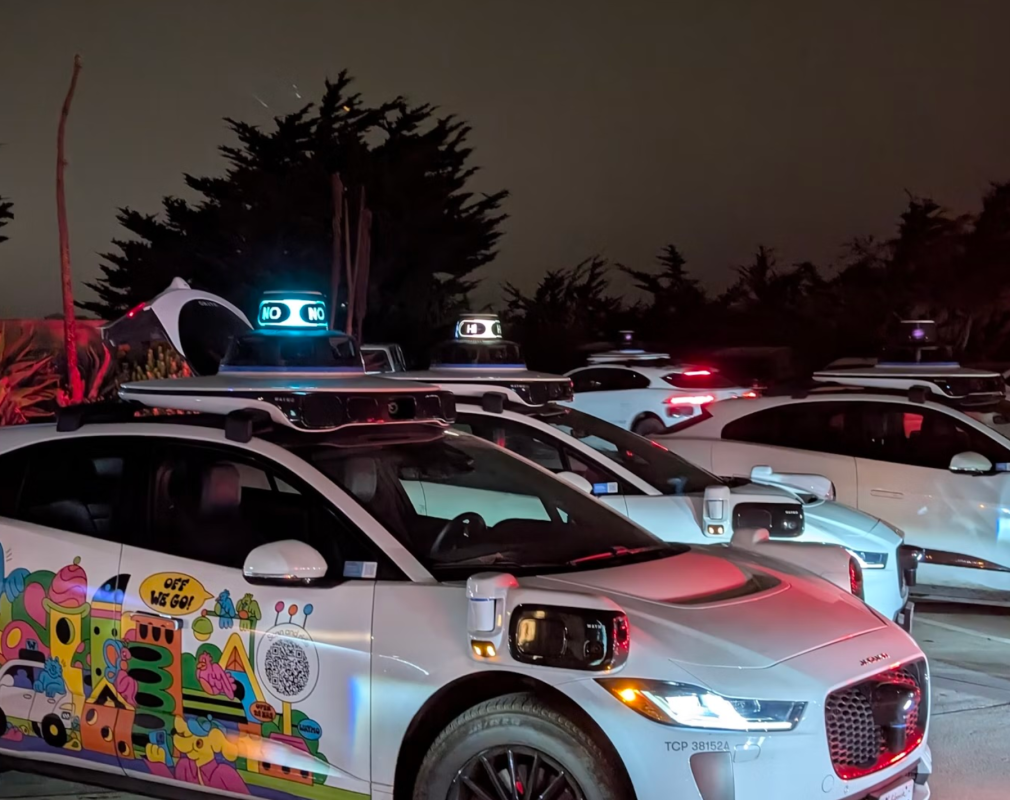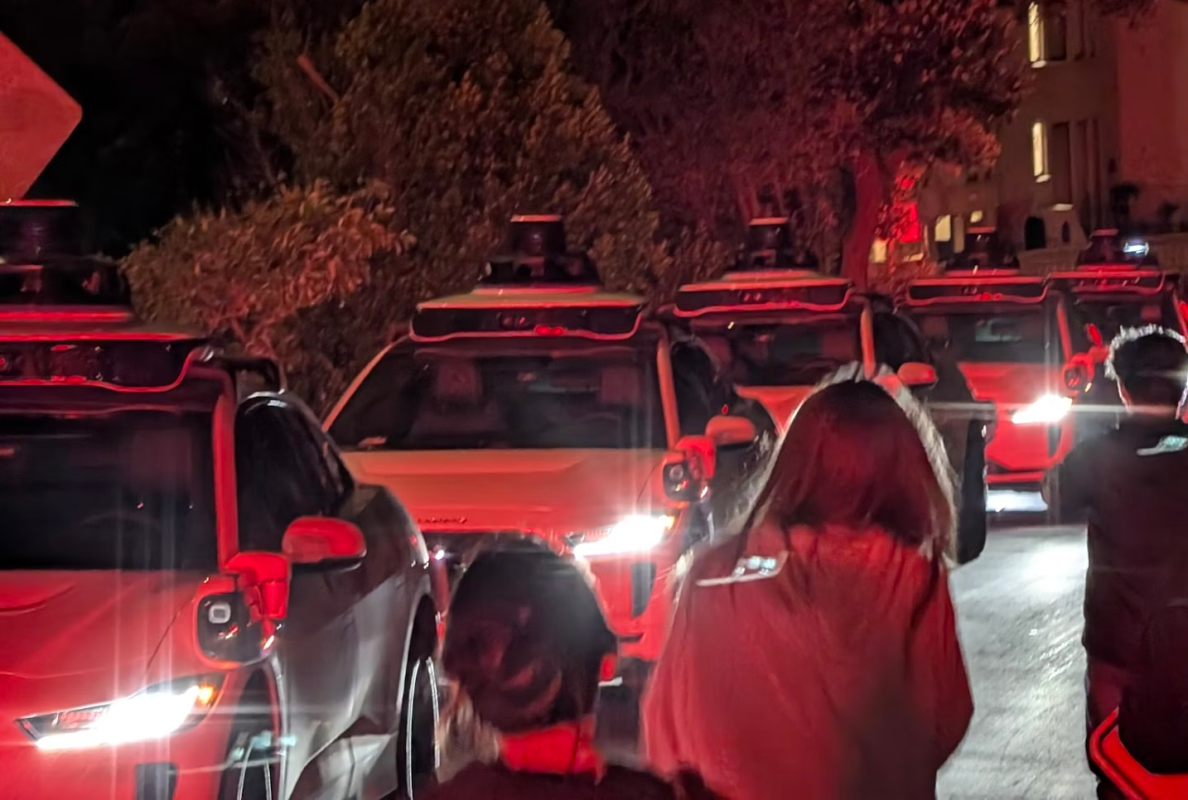
Waymo’s artificial intelligence can deal with busy city streets with zero human input, but it turns out all you need to bring the system to its knees is a dead-end street and a smart prankster. Riley Walz, a 23-year-old software engineer, orchestrated what he dubbed the “world’s first Waymo DDoS” by coordinating 50 people to simultaneously order Waymo self-driving cars to San Francisco’s longest dead-end street.
The result? A spectacular traffic jam of white Jaguar I-Paces with Waymo’s signature spinning roof sensors, all arriving to pick up passengers who never intended to board. Waymo responded by temporarily disabling all rides within a two-block radius for a few hours. The prank shows that even advanced robotaxi services aren’t immune to creative human intervention.
Riley Walz
Waymo Self-Driving Cars Vulnerabilities
The prank was inspired by distributed denial-of-service cyberattacks, where systems are overwhelmed with simultaneous requests. Instead of crashing servers, Walz crashed a street near Coit Tower with autonomous vehicles. Nobody actually got in the cars, and after about 10 minutes of making the Waymos wait, the vehicles departed and charged each participant a $5 no-show fee.
This isn’t tech prankster Walz’s first brush with controversy. He previously created an app tracking San Francisco’s parking enforcement officers in real time before city officials shut it down. His pattern of projects blurs the line between satire and systems analysis, pushing boundaries while exposing potential weaknesses in smart city infrastructure.
Riley Walz
The Big Picture: Autonomous Vehicle Traffic Jams
While Walz insisted the stunt was done in good fun and expressed admiration for Waymo’s technology, the incident sparked debate about autonomous vehicle traffic vulnerabilities. Some commenters praised it as a useful stress test, while others warned about potential malicious applications. This could include the likes of delaying emergency services during critical events like terrorist attacks.
The stunt proves that sometimes the biggest threat to artificial intelligence isn’t another AI but rather humans with the know-how to play the system and some time on their hands.



